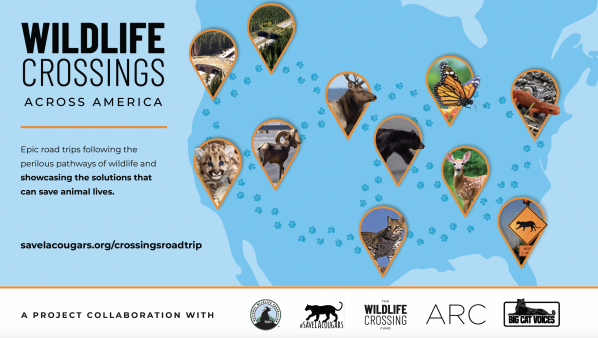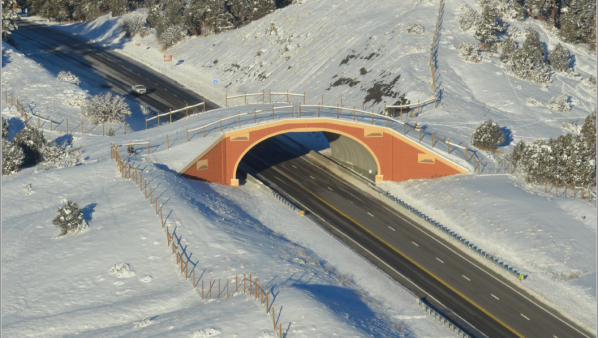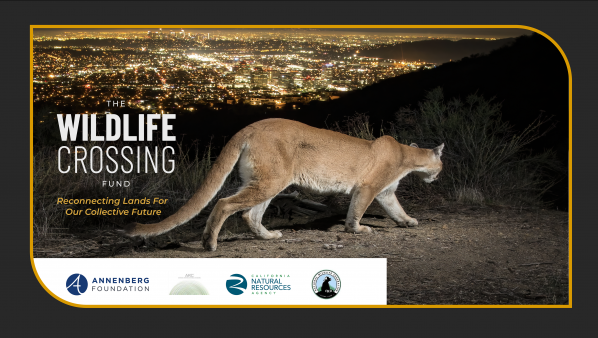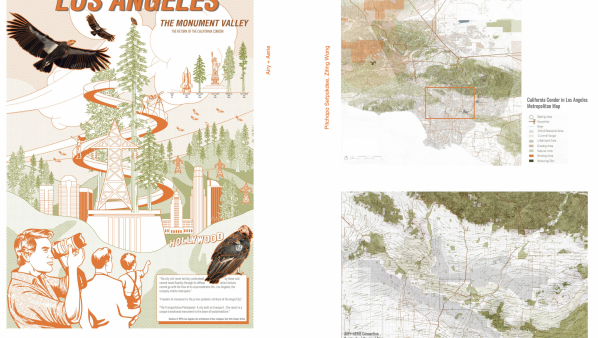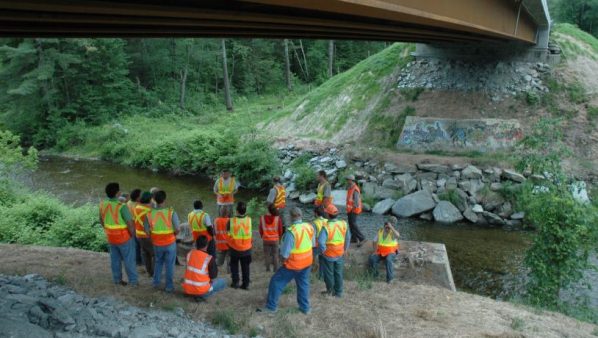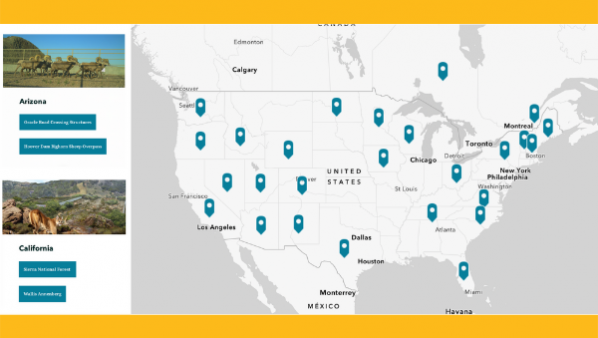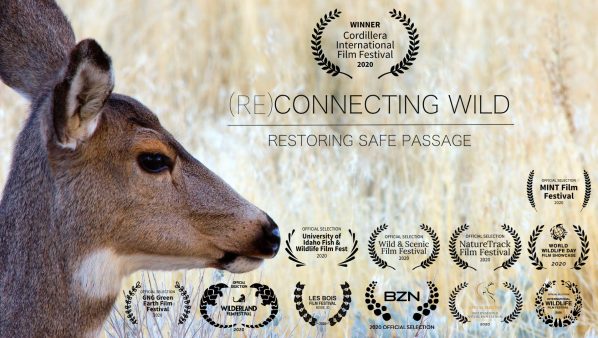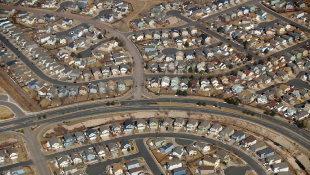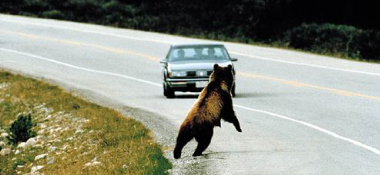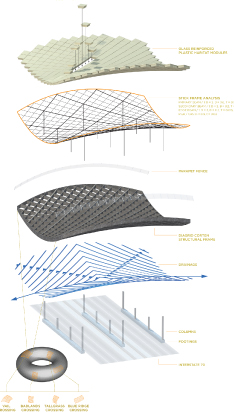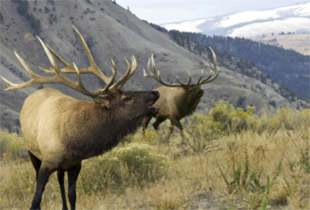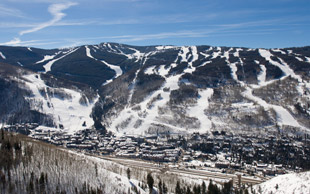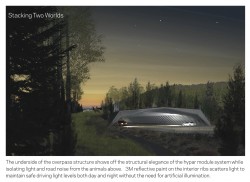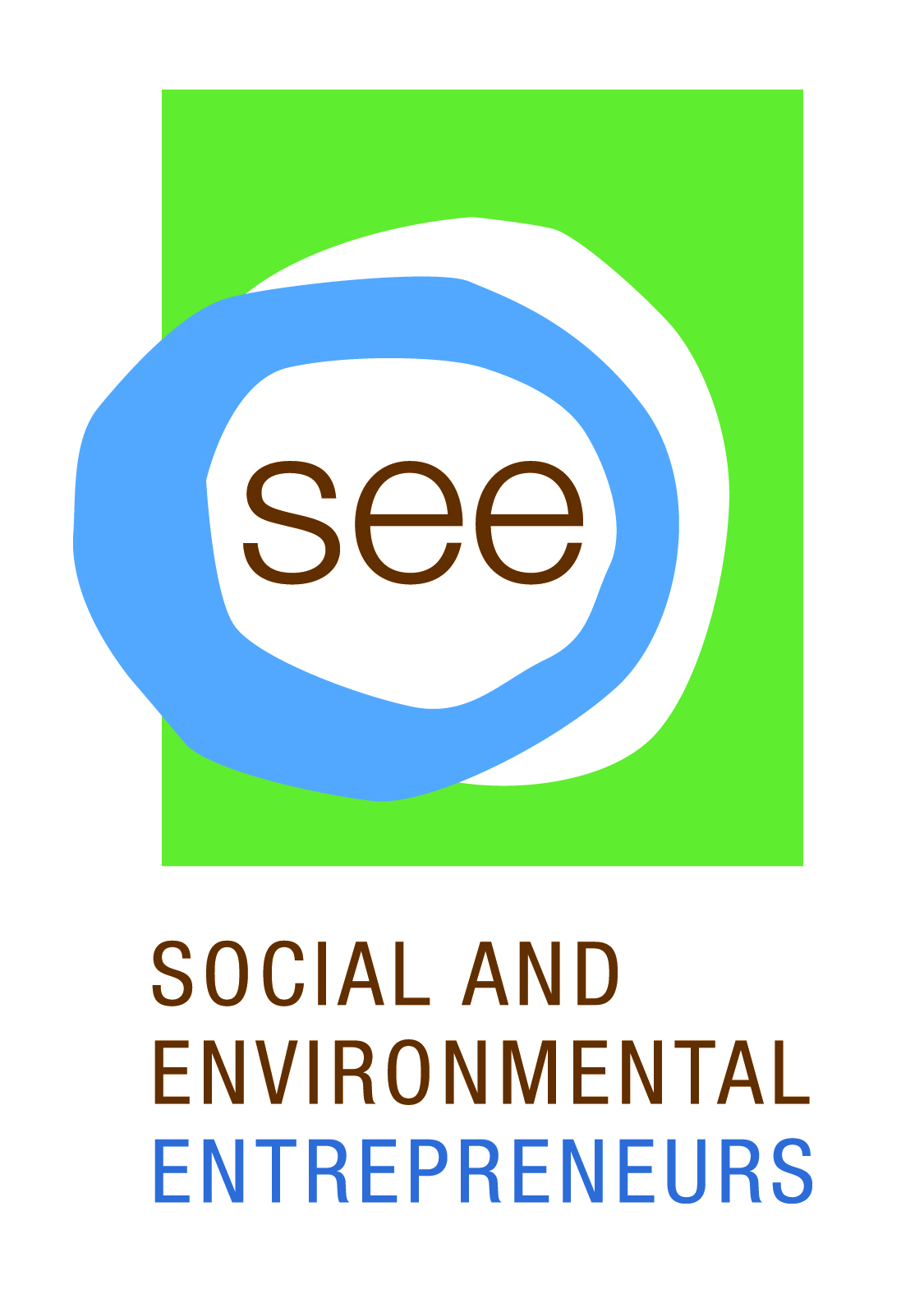Wildlife Crossings Across America
ARC recently joined forces with the National Wildlife Federation’s #SaveLACougars Campaign, Big Cat Voices, and the Wildlife Crossing Fund for the 4th leg of our multi-year Wildlife Crossings Across America road tour. Showcasing 22 existing, planned, and future crossing sites in Nevada, Utah, Idaho, Wyoming, Colorado, and New Mexico, this leg sought to elevate awareness of the proven success of wildlife infrastructure in making our highways safer by reducing motorist crashes with animals by up to 97%!
Guide to Wildlife Infrastructure Funding Opportunities
ARC Solutions, National Parks Conservation Association, and Wildlands Network are excited to share this newly released Wildlife Infrastructure Funding Guide. Interested in learning more about Federal funding opportunities under the Infrastructure Investment and Jobs Act that can be used to pay for wildlife mitigation measures, including animal road crossings? Then check out our dedicated Wildlife Crossings Pilot and Wildlife Infrastructure Funding page to explore this living guide and other resources.
New Wildlife Crossing Fund Will Raise $500 Million
The National Wildlife Federation's #SaveLACougars campaign and an expert set of committed partners are celebrating the launch of The Wildlife Crossing Fund – a campaign that aims to accelerate the building of wildlife crossings across California, the United States, and the world and reconnect lands for our collective future. The fund has set a fundraising goal of a half a billion dollars to leverage with public dollars and advance the building of these critical infrastructure projects – launching an extraordinary public private partnership.
Wild Ways: Harvard GSD
Jointly sponsored by Arc Solutions and the National Wildlife Federation, the Wild Ways studio hosted at the Harvard University Graduate School of Design in Spring 2022. Taught by Professor Chris Reed, the studio explores themes of connectivity, resilience, and landscape infrastructure through the particular lens of metropolitan scale wildlife corridors and crossings in and around Los Angeles.
Featured Partner: Highways and Habitats
Highways & Habitats is an online introduction to Road Ecology – the interaction of transportation systems and infrastructure with wildlife and habitats. Presented by the Vermont Agency of Transportation (VTrans) and the Vermont Fish & Wildlife Department (VF&WD), Highways & Habitats Tier 1, gives a broad overview of the Road Ecology challenges and opportunities for transportation and wildlife professionals.
Wildlife Crossing Success Stories
Discover wildlife crossing success stories across North America featuring a diversity of species, from toads to pronghorn to mountain lions; a range of landscapes, from urban to rural and in between, and learn about the partnerships that came together to make our roads safer for people and wildlife.
(Re)Connecting Wild: Restoring Safe Passages
(Re)Connecting Wild tells the remarkable story of the decade-long effort by the Nevada Department of Transportation (NDOT) and its partners to improve human safety by re-connecting a historic mule deer migration that crosses over both US-93 and I-80 in rural Elko County, Nevada. Witness the wildlife crossing structures along I-80 from construction to the restoration of safe passage for migratory mule deer to more than 1.5 million acres of summer and winter habitat.
HNTB+MVVA
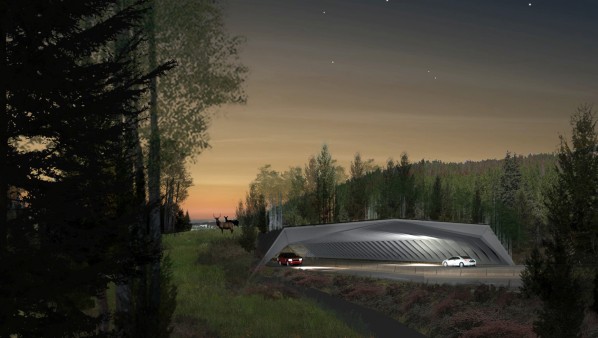
Concept design for the winning entry in the 2010 ARC International Wildlife Crossing Infrastructure Design Competition by HNTB with Michael Van Valkenburgh & Associates.
What is ARC?
ARC is an interdisciplinary partnership working to facilitate new thinking, new methods, new materials and new solutions for wildlife crossing structures. Our goal is to ensure safe passage for both humans and animals on and across our roads. Situated at the intersection of science and design, we are a forum for creative collaborations and surprising synergies.
Featured News

![ARC [diagram]](https://arc-solutions.org/wp-content/themes/arc/images/arc-diagram.jpg)
